A beautiful country house in Devon which you can virtually walk round from the comfort of your home
Many of the big estate agents have long been setting up 'virtual viewings' of some of the finest houses on their books, but they're more important than ever right now — and they work really rather well, finds Toby Keel.
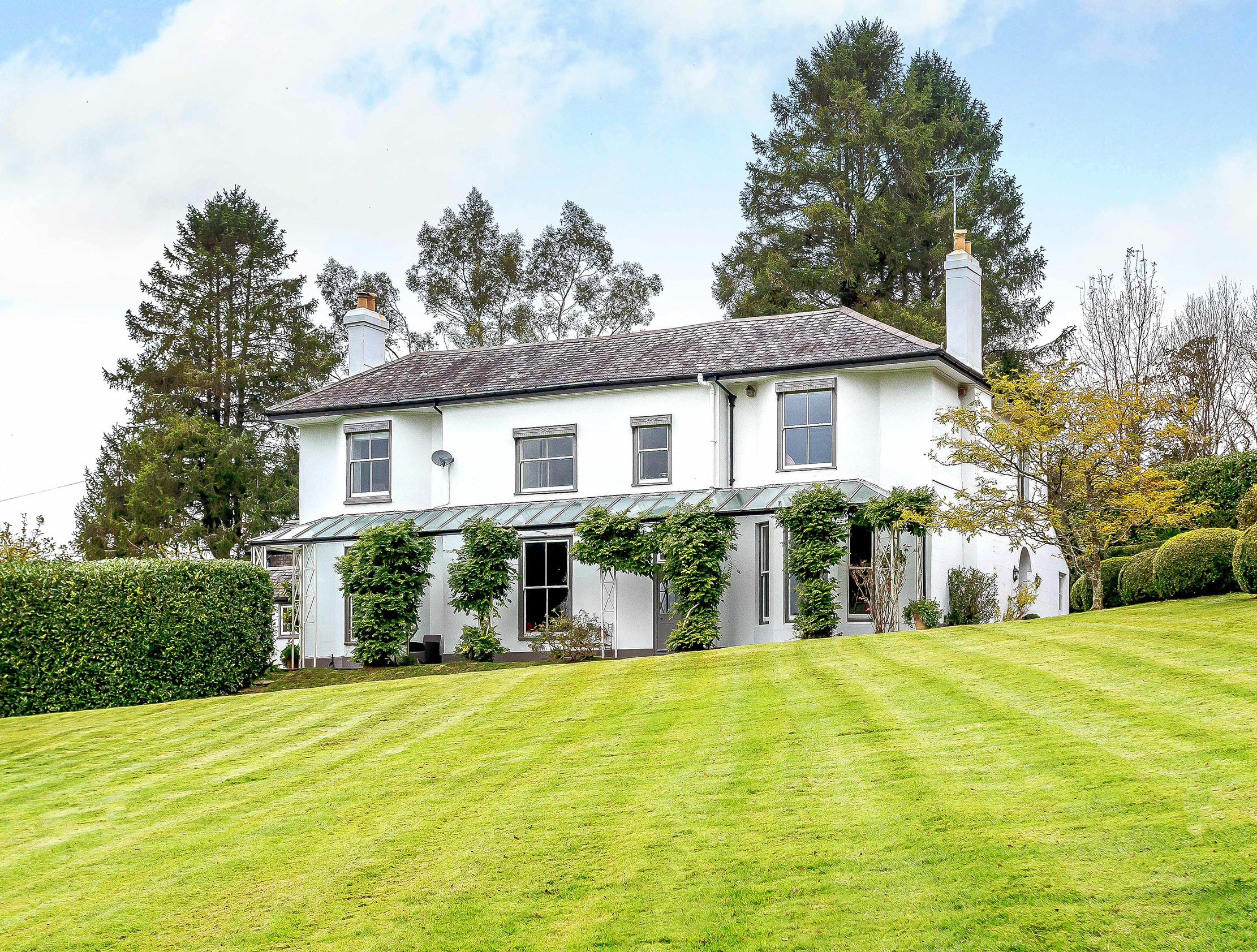
It took a few minutes of rooting around in the back of the wardrobe, but I found it eventually: a white, plastic headset I once bought from a charity shop, which holds a mobile phone and lets you have a play with virtual reality.
There were also a couple of other things to attend to: an app to download — Google Cardboard — and, once it was up and running, I had to fight to get the thing back off the children.
But I got there in the end: a virtual house viewing.
Estate agents have been touting virtual viewings for some time, but for most of us there hasn’t really been much of an incentive to give it a go. Pictures tell a lot of the story, and for places you really like the look of then traipsing round people’s homes is part of the ritual — and for many, part of the appeal — of house hunting.
In these strange times, people still have plans to make and lives to live — even if things will be deferred by a few months. And virtual viewings will help those people.
I gave it a try with the Strutt & Parker listing for a home called Hoo Meavy House, in Devon, a five-bedroom country home in a village near Yelverton which is on the market at £1.35m. The pictures you’ll see on this page show you the beautiful rooms, but the feel of walking through the house.
Getting up and running was pretty simple: just to the property listing page and click 'virtual viewing' and you can start either clicking (or swiping) your way through the house with your mouse (or finger). You can even use the cursor keys to 'walk' virtually through the house, as if you're playing Call of Duty. Except with fewer guns, and more Agas.
Sign up for the Country Life Newsletter
Exquisite houses, the beauty of Nature, and how to get the most from your life, straight to your inbox.
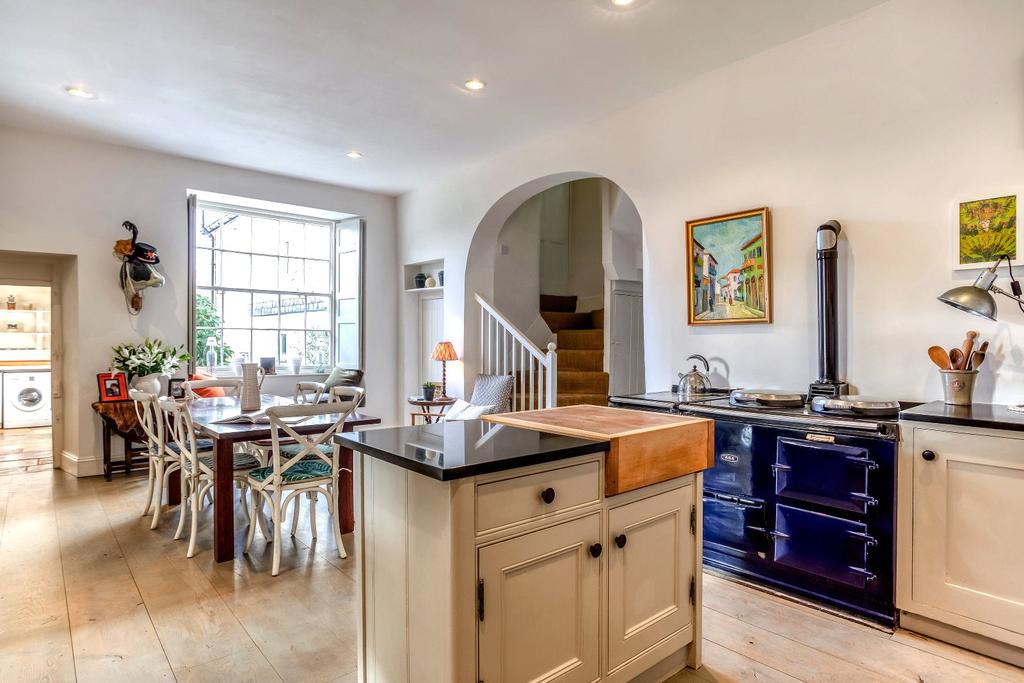
The virtual reality element literally takes the experience to another dimension, however. You don't need fancy equipment costing hundreds of pounds — your mobile phone and a basic VR headset to hold it, which can be had for less than £10. Then, after downloading the aforementioned Google Cardboard app, just go to the listing page on your phone, tap 'virtual viewing', tap the icon showing a pair of goggles and pop the phone into your viewer thing. You can then look around in 3D by moving your head about, and walk through the house by using blue bubbles which are placed hither and thither in the house — focusing on one for a few seconds, and the virtual you will move to that place.
As the short video clip above shows, it works very well just on a normal laptop or tablet screen but using the headset really makes it — especially in terms of a sense of the space on offer.
It’s no substitute for a real-life walk around the house — and the garden, and the local area — but you can ‘walk around’ the kitchen, look out of the windows to admire the views, and get a sense of the flow of the house in a very different manner to just looking at pictures and floorplans.
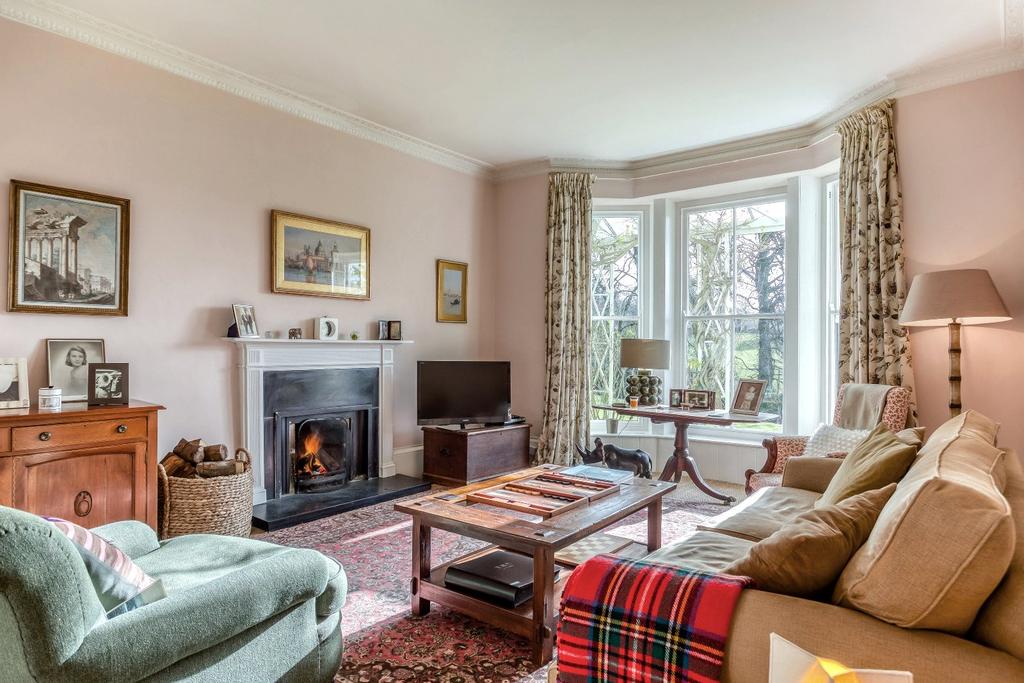
Ah yes, we hear you say, but does it really make any difference? Surely people will want to see places for themselves?
In most cases we’d expect so, of course, but it's certainly good enough for a first viewing that can tell you if you want to see more.
Yet for some people, it is apparently enough in itself: word has reached County Life’s virtual offices of a home sold by one of the biggest agents in the country for £7m using only virtual viewing technology. If that’s not a sign of the times, we don’t know what is.
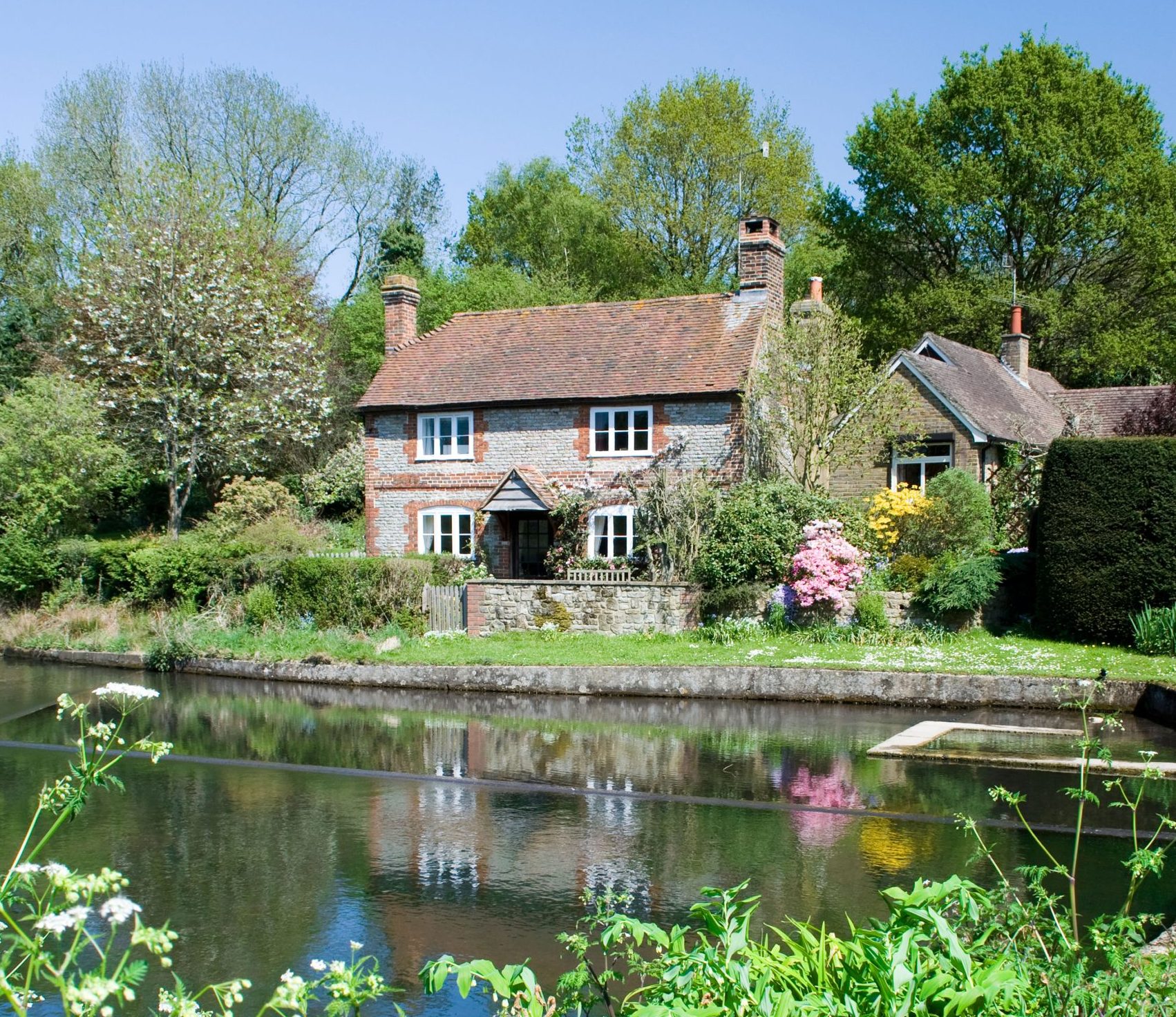
Credit: Alamy
Seven golden rules for selling a country house
With coronavirus now seemingly past its peak in Britain, we're tentatively beginning to look ahead to how life will get

Credit: Strutt and Parker
Best country houses for sale this week
An irresistible West Country cottage and a magnificent Cumbrian country house make our pick of the finest country houses for
Toby Keel is Country Life's Digital Director, and has been running the website and social media channels since 2016. A former sports journalist, he writes about property, cars, lifestyle, travel, nature.
-
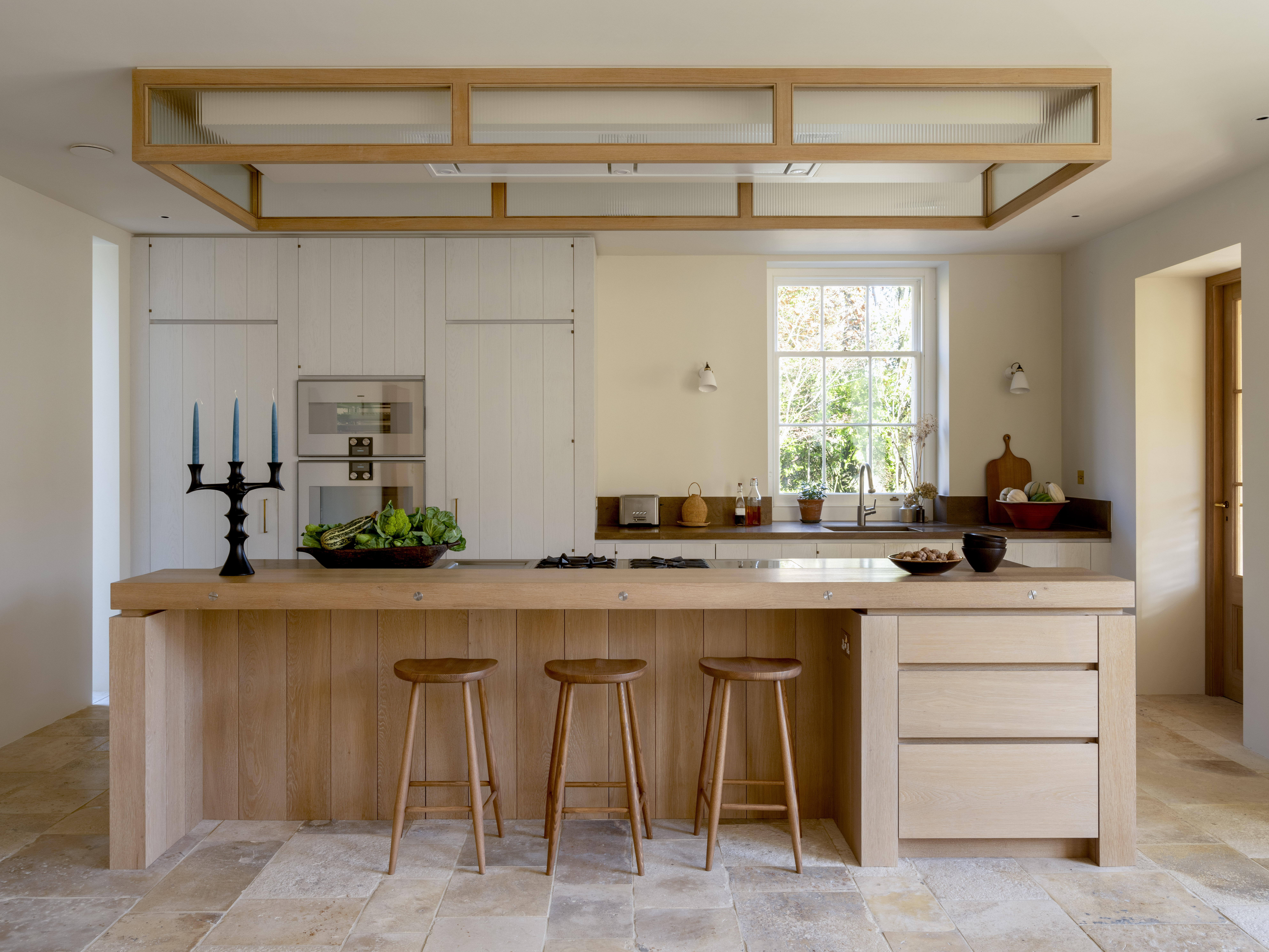 Designer's Room: A solid oak French kitchen that's been cleverly engineered to last
Designer's Room: A solid oak French kitchen that's been cleverly engineered to lastKitchen and joinery specialist Artichoke had several clever tricks to deal with the fact that natural wood expands and contracts.
By Amelia Thorpe
-
 Chocolate eggs, bunnies and the Resurrection: Country Life Quiz of the Day, April 18, 2025
Chocolate eggs, bunnies and the Resurrection: Country Life Quiz of the Day, April 18, 2025Friday's quiz is an Easter special.
By James Fisher
-
 Chocolate eggs, bunnies and the Resurrection: Country Life Quiz of the Day, April 18, 2025
Chocolate eggs, bunnies and the Resurrection: Country Life Quiz of the Day, April 18, 2025Friday's quiz is an Easter special.
By James Fisher
-
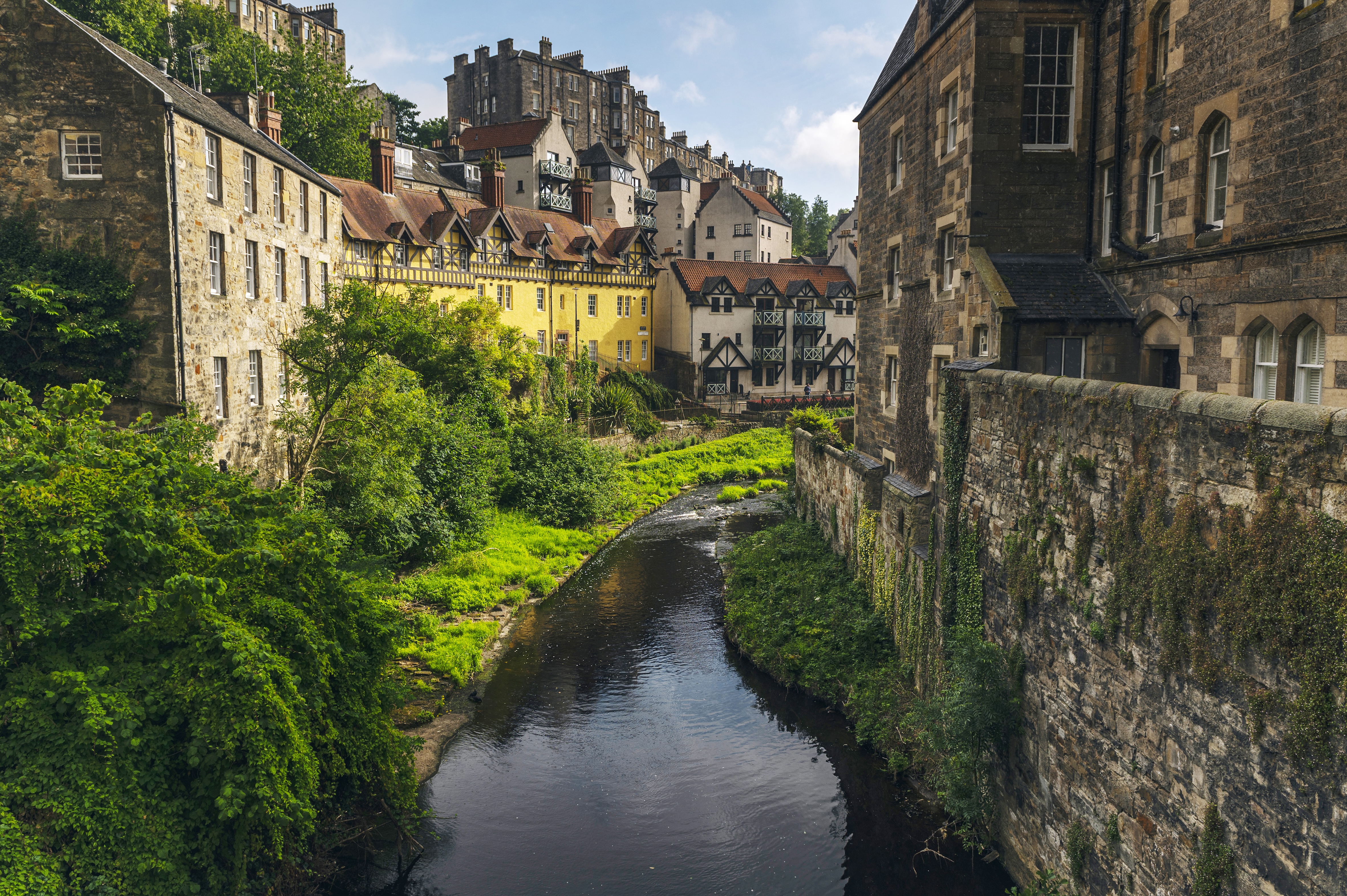 Human teeth, Scottish cities and a visit from Caesar: Country Life Quiz of the Day, April 17, 2025
Human teeth, Scottish cities and a visit from Caesar: Country Life Quiz of the Day, April 17, 2025Thursday's quiz tests your knowledge on a certain Prime Minister's last words, obscure artistic movements and royal weddings.
By Rosie Paterson
-
 The Great Gatsby, pugs and the Mitford sisters: Country Life Quiz of the Day, April 16, 2025
The Great Gatsby, pugs and the Mitford sisters: Country Life Quiz of the Day, April 16, 2025Wednesday's quiz tests your knowledge on literature, National Parks and weird body parts.
By Rosie Paterson
-
 The battle of the bridge, Balloon Dogs and flat fish: Country Life Quiz of the Day, April 15, 2025
The battle of the bridge, Balloon Dogs and flat fish: Country Life Quiz of the Day, April 15, 2025Tuesday's quiz tests your knowledge on bridges, science, space, house prices and geography.
By James Fisher
-
 Jungle temples, pet snakes and the most expensive car in the world: Country Life Quiz of the Day, April 14, 2025
Jungle temples, pet snakes and the most expensive car in the world: Country Life Quiz of the Day, April 14, 2025Mondays's quiz tests your knowledge on English kings, astronomy and fashion.
By James Fisher
-
 School dinner puddings, Scrabble tiles and Antonio Banderas: Country Life Quiz of the Day, April 11, 2025
School dinner puddings, Scrabble tiles and Antonio Banderas: Country Life Quiz of the Day, April 11, 2025Friday's quiz asks you to name one of Britain's most beautiful places, and ponders the distance of a marathon.
By Toby Keel
-
 Bond's Aston Martin and Welsh rarebit: Country Life Quiz of the Day, April 10, 2025
Bond's Aston Martin and Welsh rarebit: Country Life Quiz of the Day, April 10, 2025Thursday's quiz celebrates pedestrian crossings and tests your language skills.
By Toby Keel
-
 Scary sharks, the T-Rex and fabulous city views: Country Life Quiz of the Day, April 9, 2025
Scary sharks, the T-Rex and fabulous city views: Country Life Quiz of the Day, April 9, 2025Wednesday's quiz takes in restaurants, beautiful cities and more.
By Toby Keel
